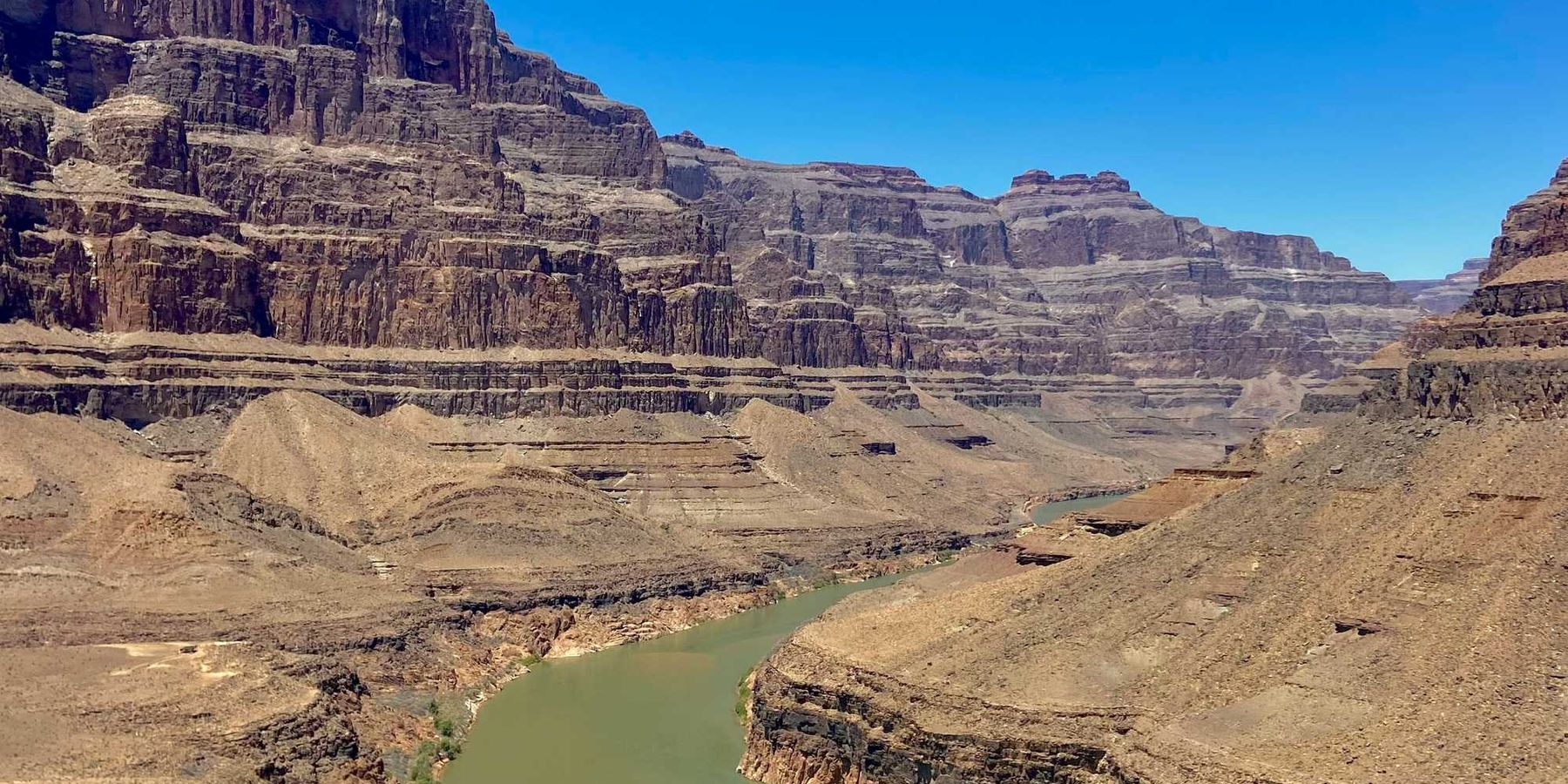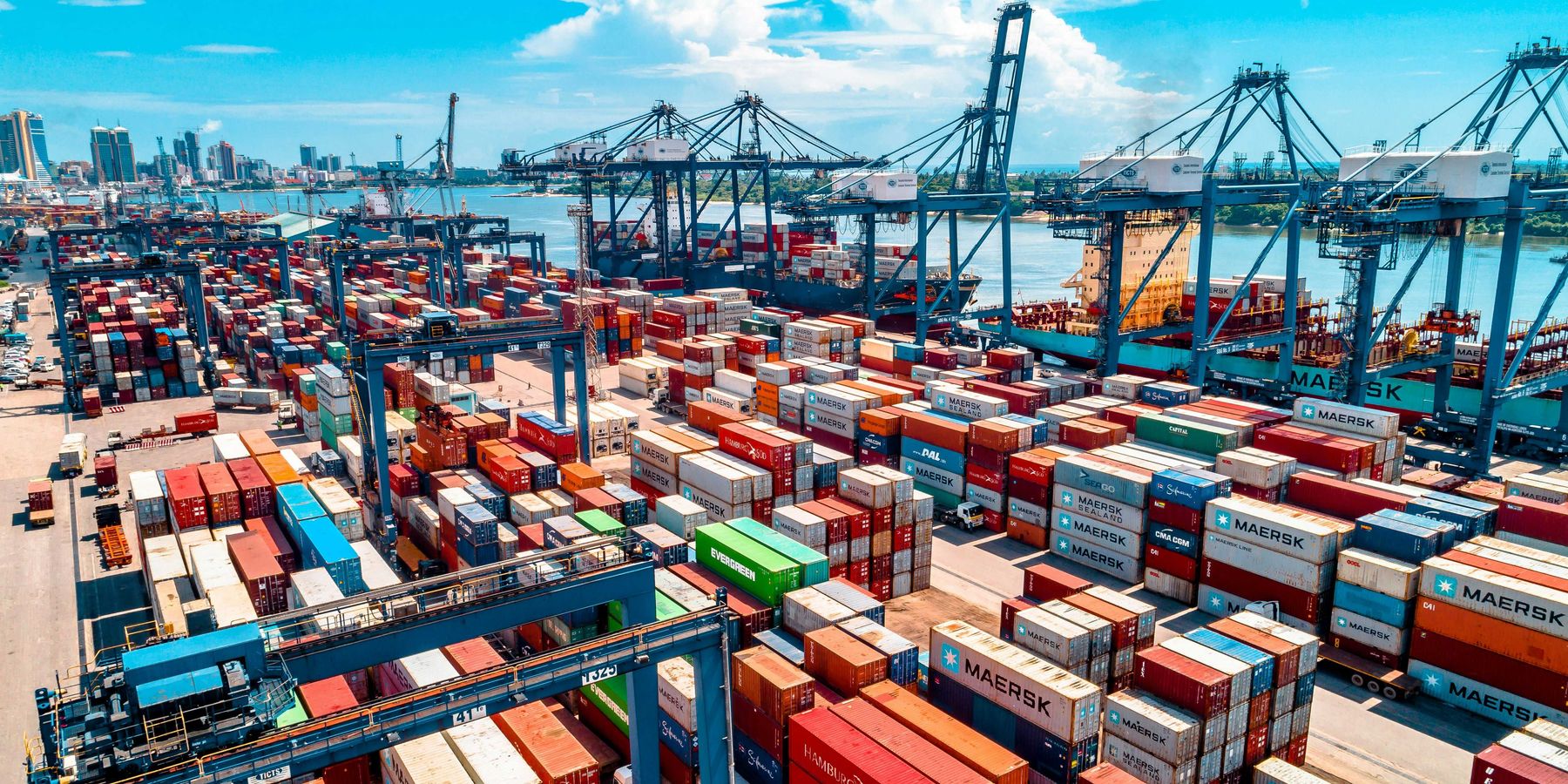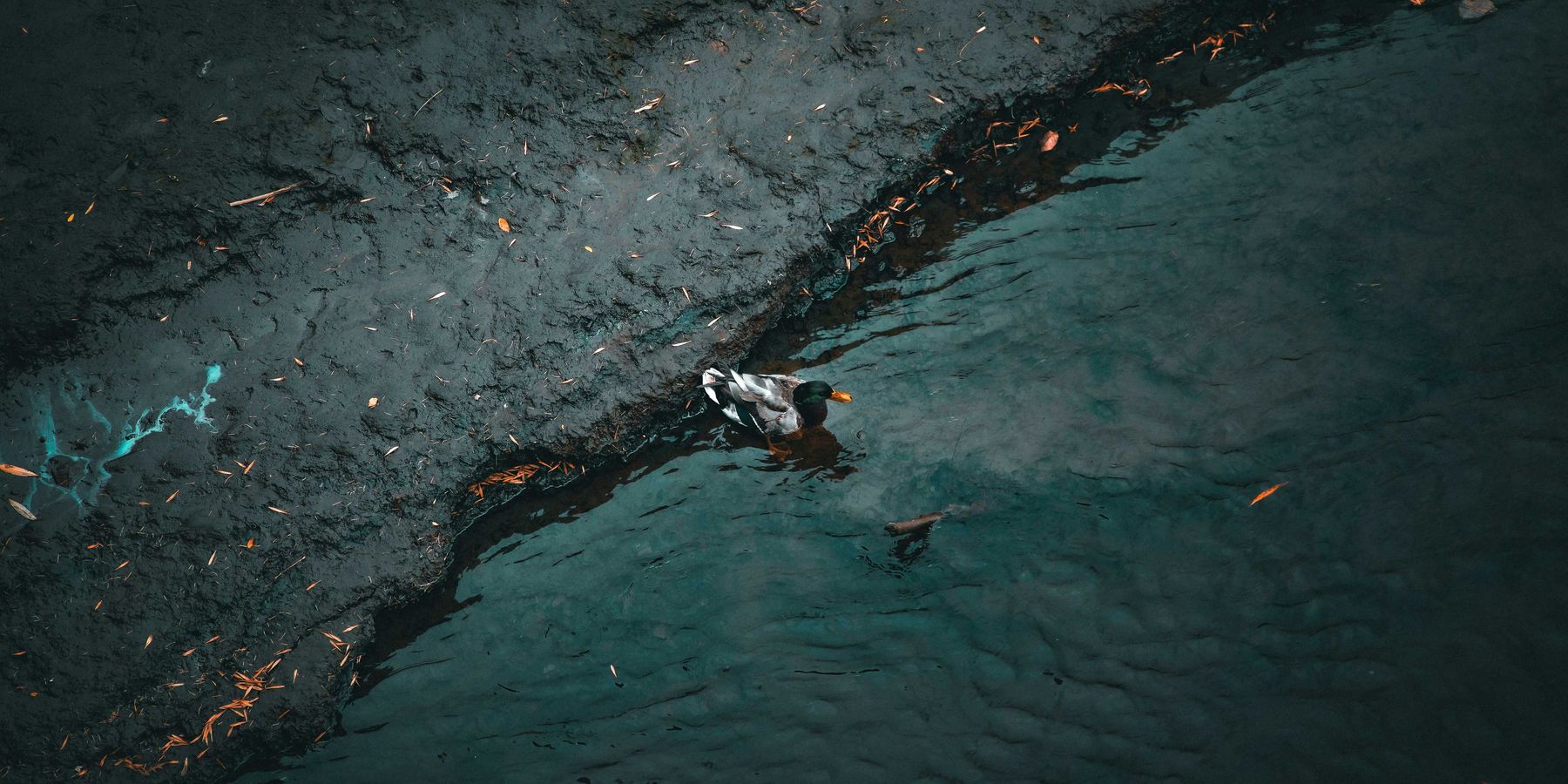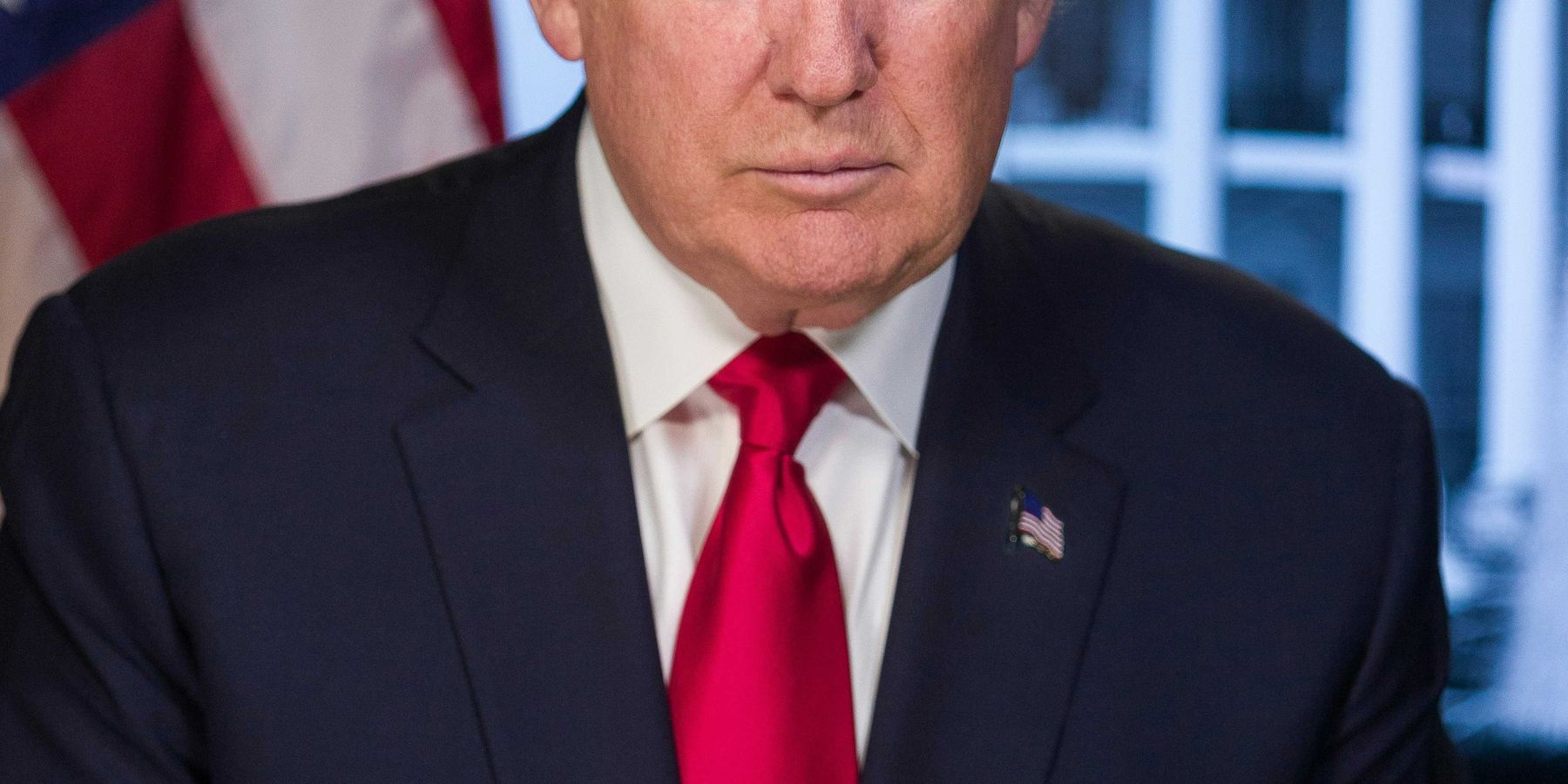
Opinion: Climate change and soil loss — the new Dust Bowl?
How we can save our soil, stabilize the climate, and prevent a new Dust Bowl.
In May, seven people died and 37 were injured when a rare dust storm caused a 72-vehicle pileup on Interstate 55 in Illinois.
For many in the scientific and agricultural communities, the dust storm harkened back to the devastating Dust Bowl of the 1930s. Recent climate patterns in Illinois are not unlike those in the 1930s, with prolonged dry spells during the critical growing season, combined with high winds that carried the dry soil aloft.
And, as in the 1930s, farming practices are part of the problem. Large-scale, conventional farming focuses on intensive single crop production, mechanization, and depends on fossil fuels, pesticides, antibiotics and synthetic fertilizers. While this system yields high production levels, it also contributes to climate change, pollutes air and water, and depletes soil fertility.
When agricultural operations are sustainably managed, they can preserve and restore critical habitats, help protect watersheds, and improve soil health and water quality.
Pesticides and soil degradation
Central Illinois is home to some of the richest farmland in the nation; its endless fields of corn and soybeans are a marvel of modern agribusiness. Industrial agriculture originated in the 1960s when petrochemical companies introduced new methods of intense chemical farming. For farmers, the immediate effect was a spectacular improvement in agricultural production, hailed as the “Green Revolution.” However, we are now seeing the downside of industrial agriculture on a global scale.
One downside is massive soil erosion and degradation. According to a 2020 report by the Union of Concerned Scientists, every year, U.S. croplands lose at least twice as much soil to erosion as the Great Plains lost annually during the peak of the Dust Bowl. Worse, our farms could lose an additional 28 billion tons of soil by 2035 and 148 billion tons by 2100—about 300 years’ worth at the rate at which soil naturally forms.
Much of that eroded topsoil ends up in waterways and lakes and — eventually — in the Gulf of Mexico. And that soil is laden with nitrogen fertilizer and pesticides used to keep pests and weeds at bay. Excess nitrogen in the waterways results in algae blooms that choke out the oxygen and deplete aquatic life.
Climate change impacts and causes
Moreover, soil loss contributes to climate change. As soil degrades, it loses its ability to store carbon. In colder climates, like those found in central Illinois, where decomposition is slow, soils can store—or “sequester”— this carbon for a very long time. Degraded soils return carbon to the atmosphere in the form of carbon dioxide (CO2), the main greenhouse gas causing climate change.
While agriculture can be a cause of climate change, it can also suffer from it. Climate impacts vary by region, but a hotter planet means changes in agricultural production, impacts to soil and water resources, and health challenges for farmworkers and livestock.Alternatives to industrial agriculture
So, while it is obvious that climate change disrupts agriculture, a $19 billion per year industry that is one of the state’s largest economic drivers, there is no simple solution. Industrial agriculture is dependent on chemicals and is highly mechanized and energy-intensive, favoring large corporate farmers with sufficient capital, thus forcing most of the traditional single-family farmers with smaller holdings to the sidelines. All levels of government also influence what a farmer decides to grow, where a farm can be located, how products are transported and processed, how a commodity is traded, and the price the farmer might receive for her or his crop.
There are alternatives to industrial agriculture, which are easier on the land. These include ecologically oriented farming approaches, including organic farming, permaculture, regenerative farming and sustainable agriculture. In recent years, the term “agroecology” has increasingly been used as a unifying term, referring to both the scientific basis and the practice of an agriculture based on ecological principles.
Agroecology includes practices like no-till farming and double cropping. The practice of cover cropping holds great promise, not only for preserving soil, but for enhancing it naturally, with less fertilizer — and for trapping carbon that would otherwise be released to the atmosphere. Yet, in Illinois less than 5% of farmed acreage is cover cropped – in part because it is considered economically risky and does not receive strong support from the U.S.Department of Agriculture.
Nearly a century ago, misguided farming practices collided with climatic change to create the economic and social devastation of the Dust Bowl. This spring, the skies darkened again with soil turned to dust; a somber warning. By embracing agroecological practices, we can save our soil, stabilize the climate, and prevent a new Dust Bowl.













